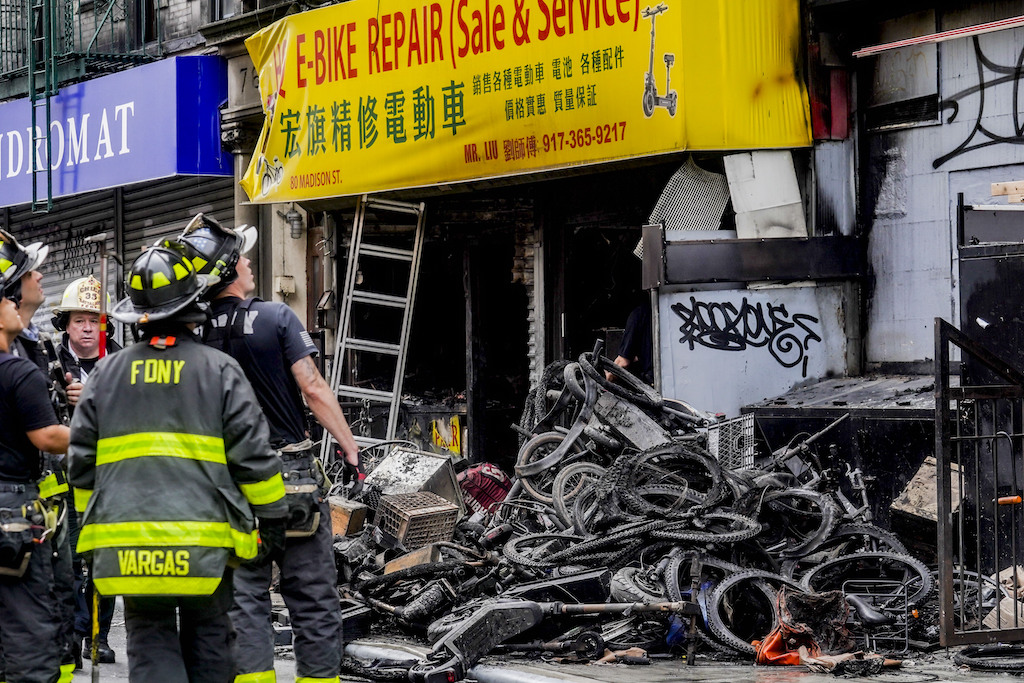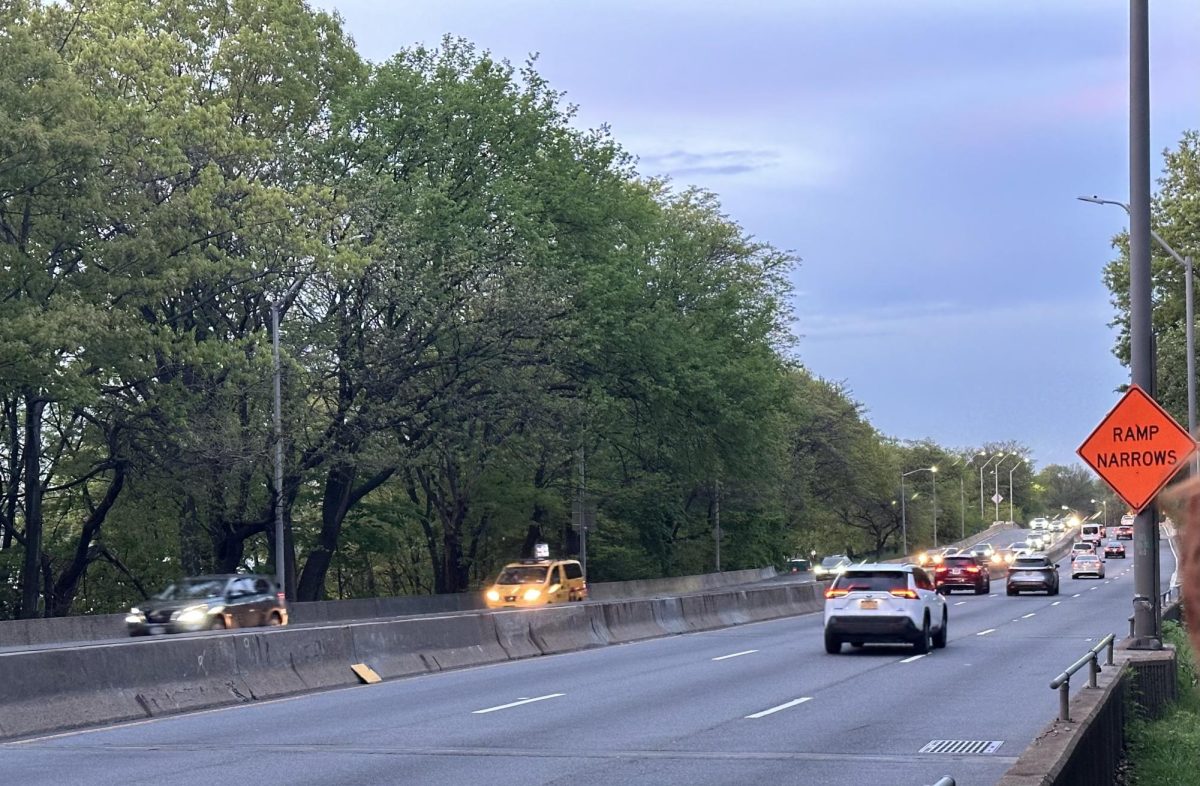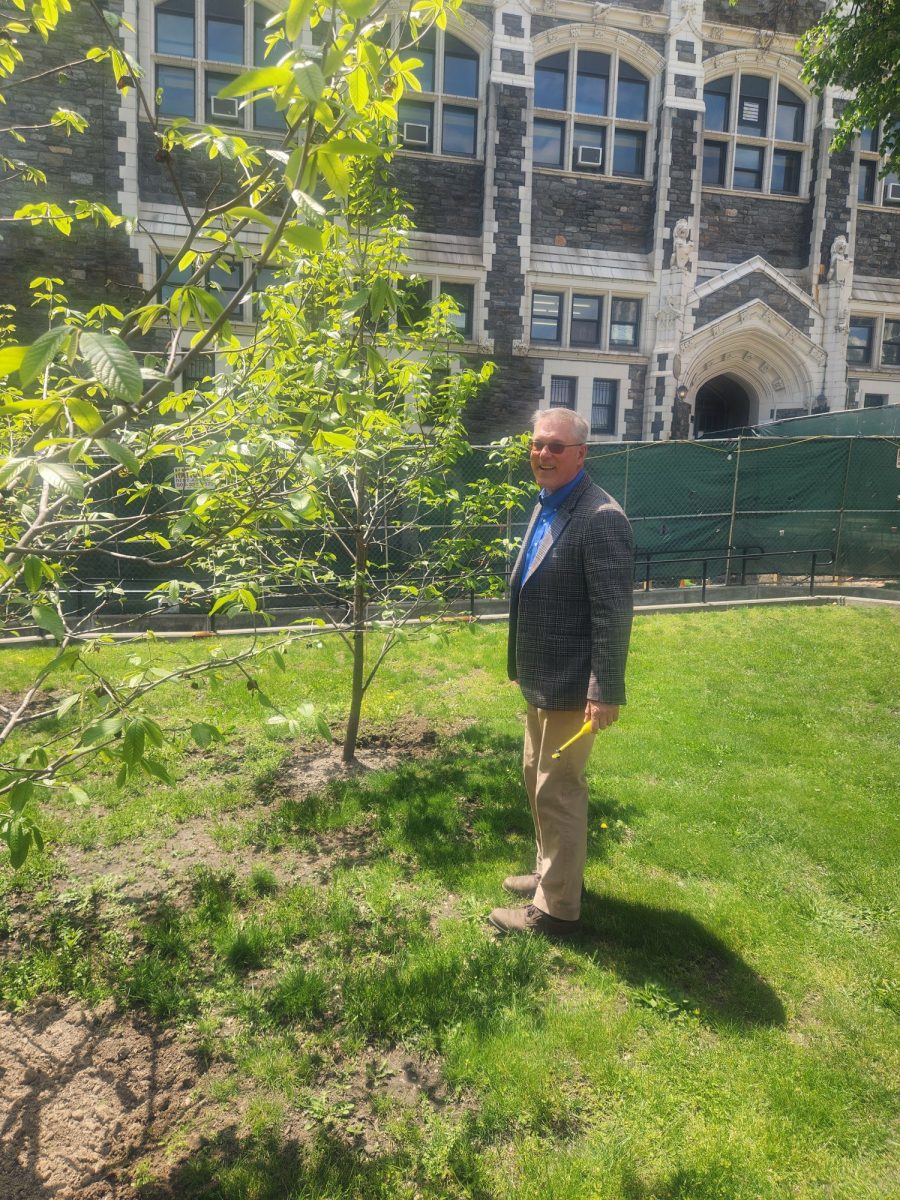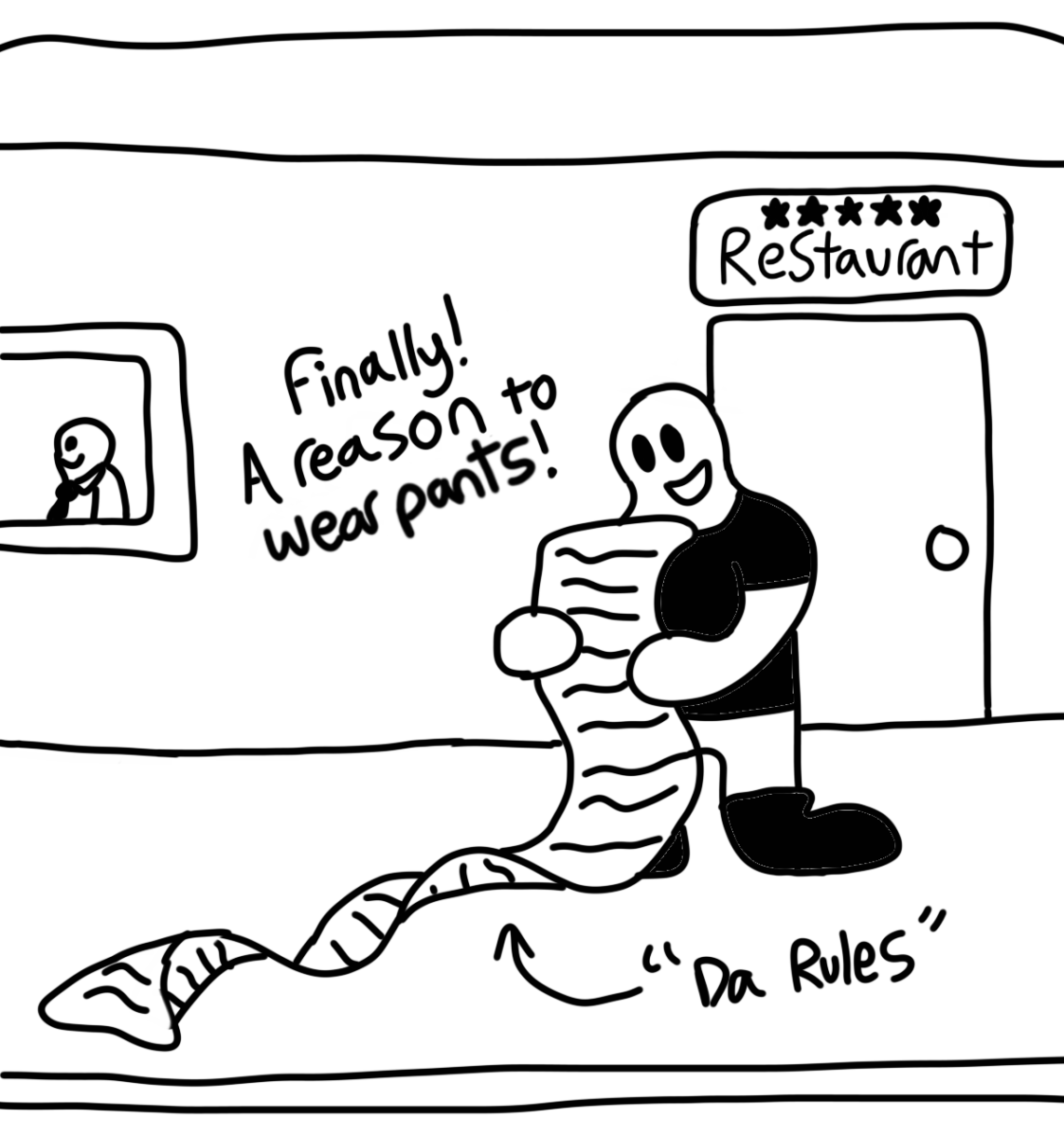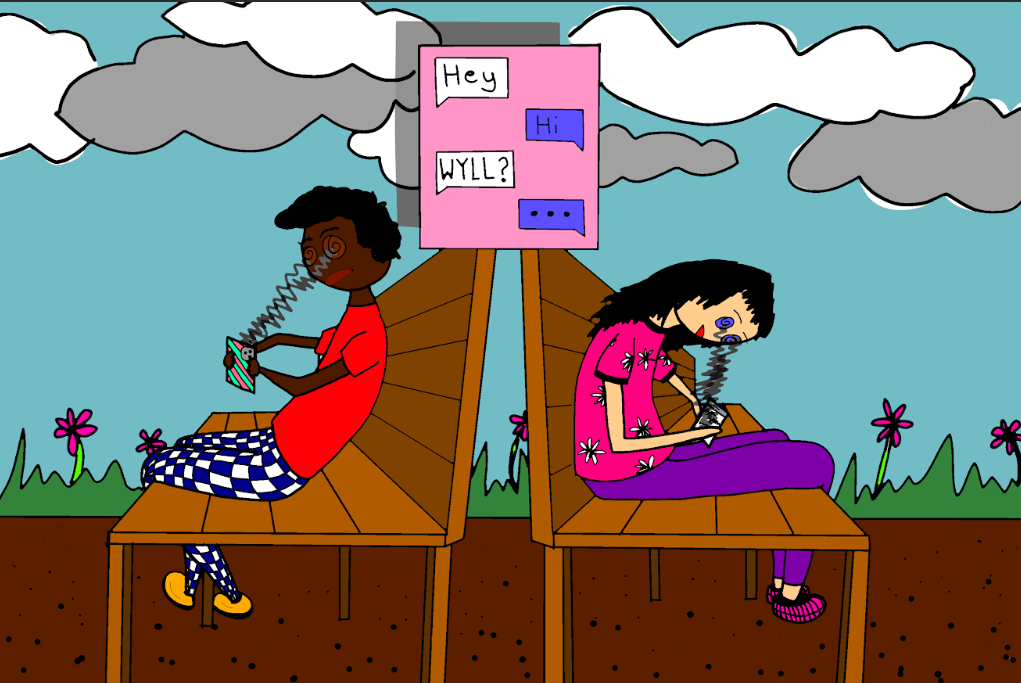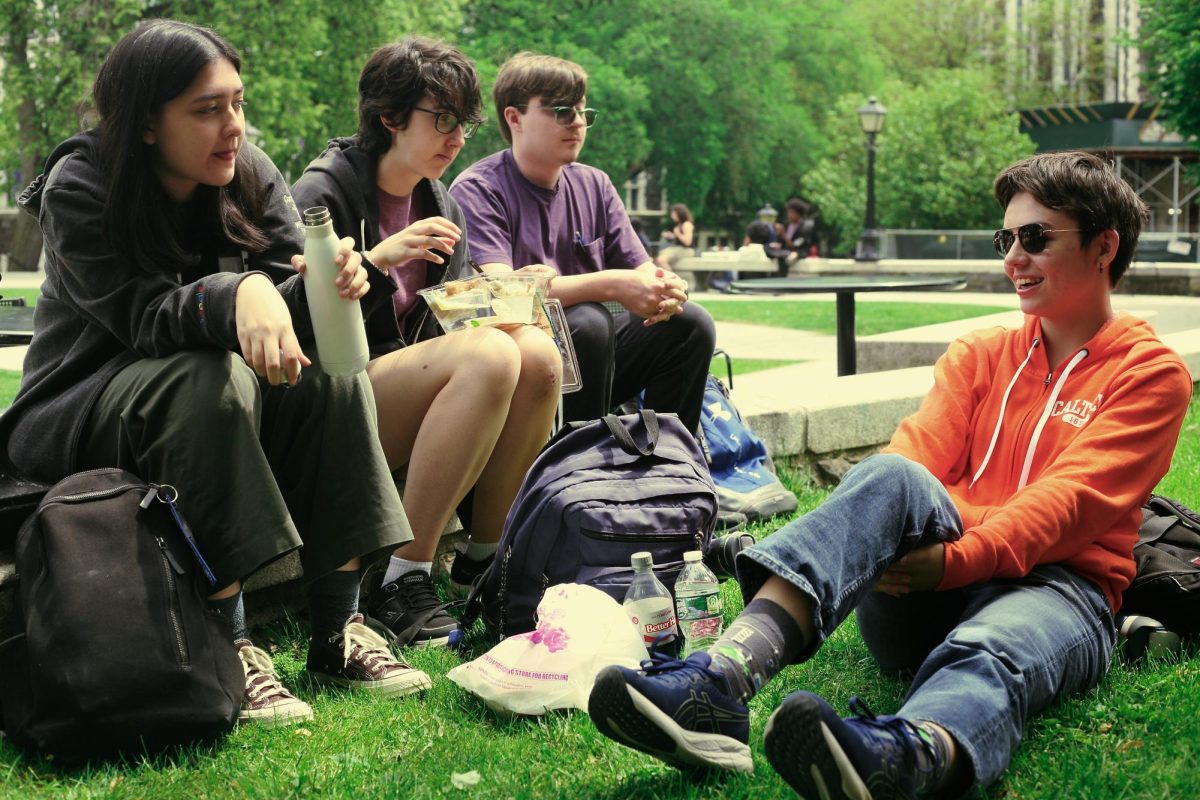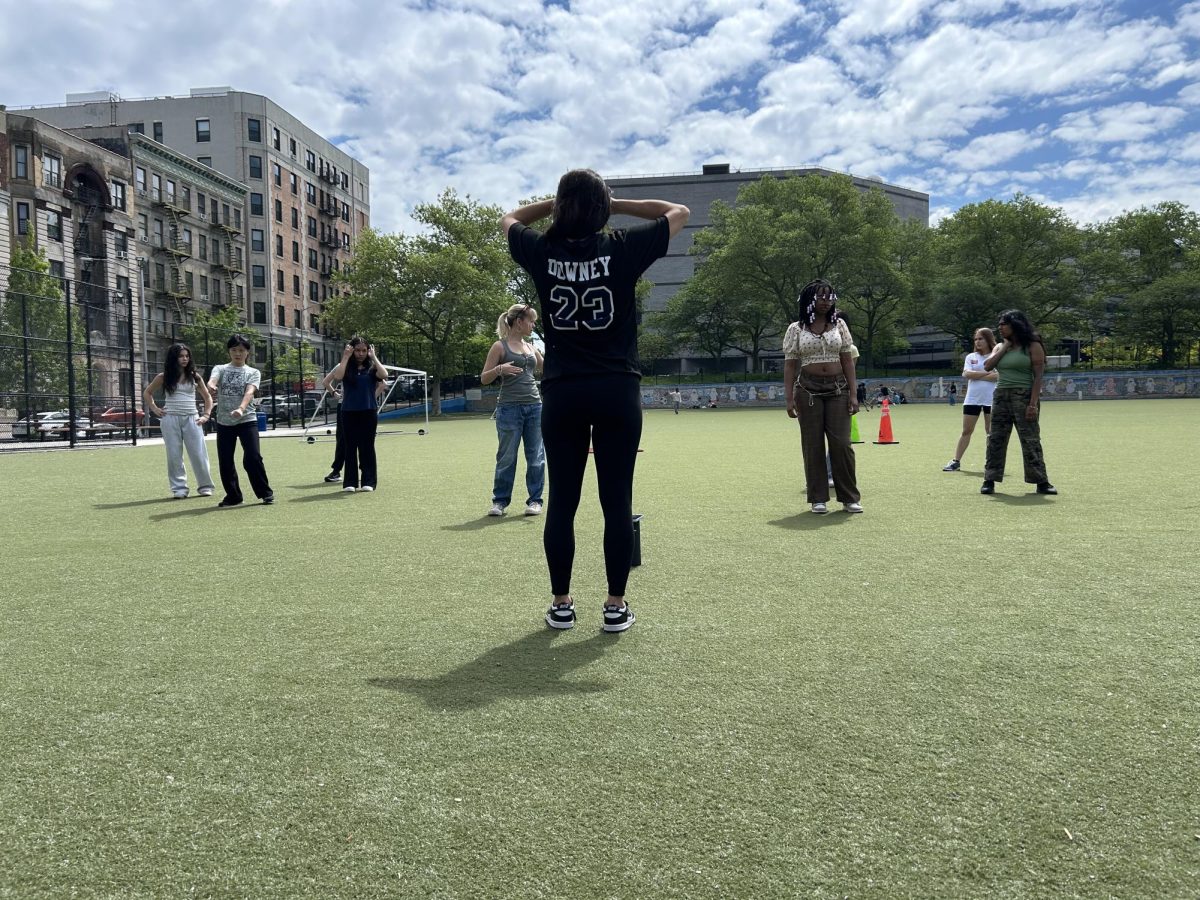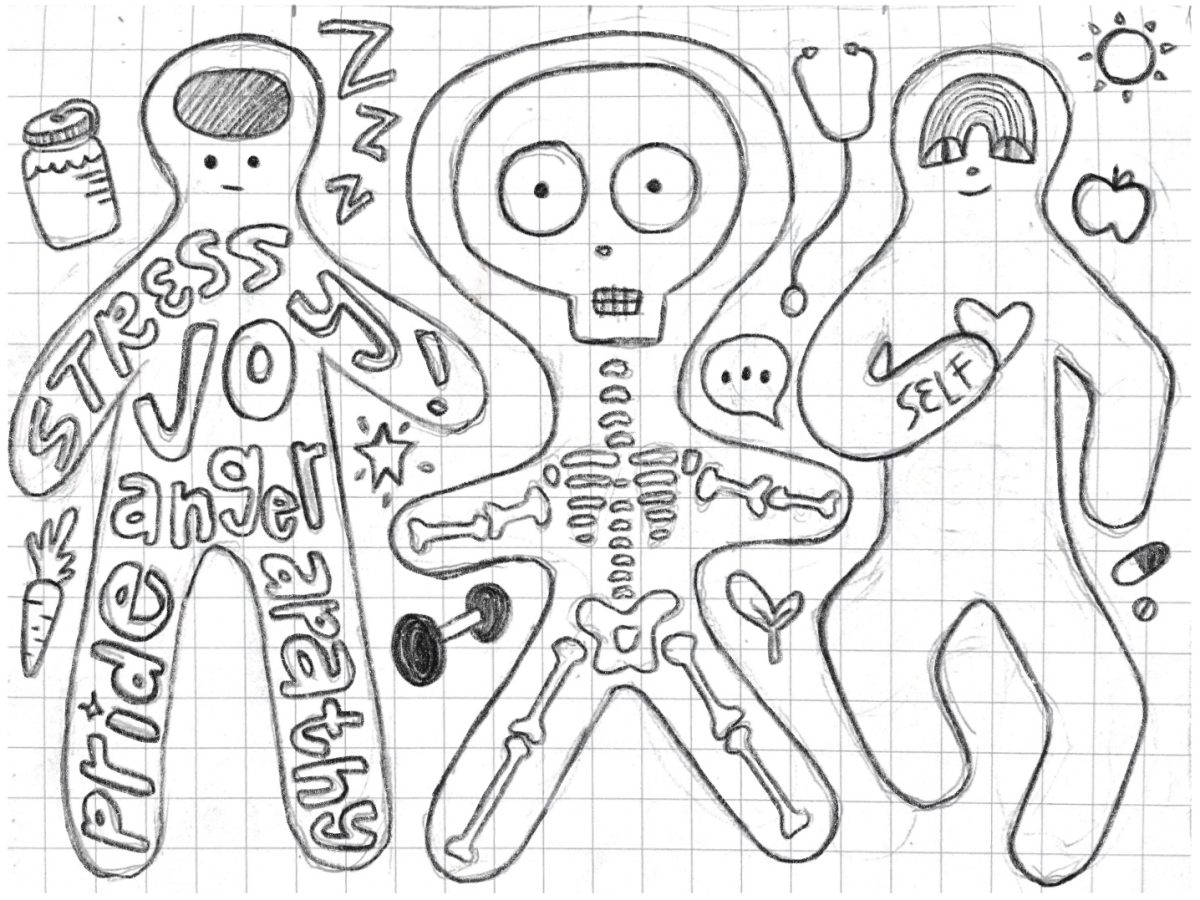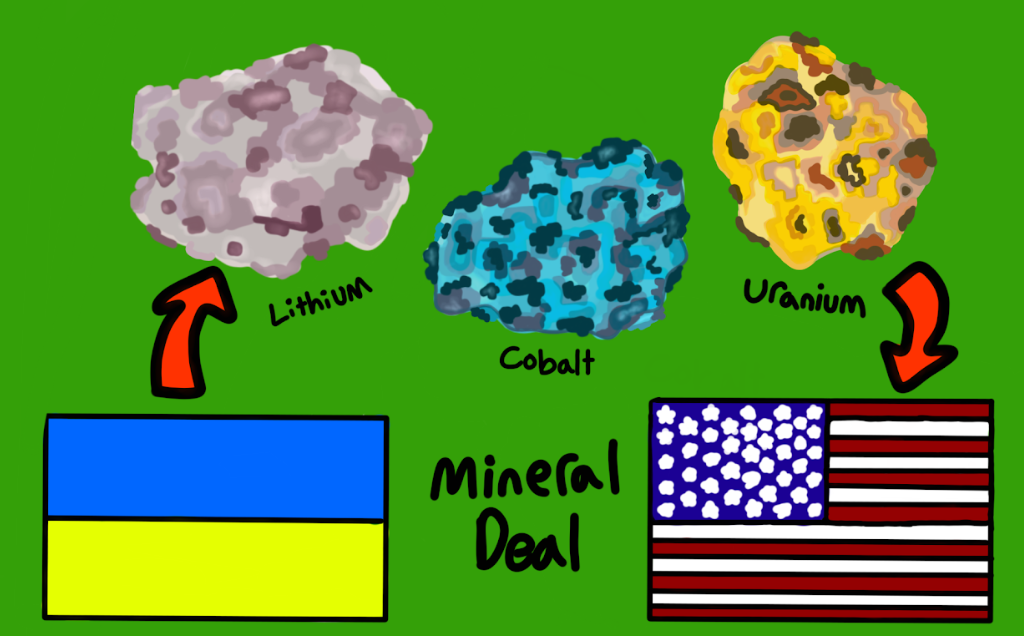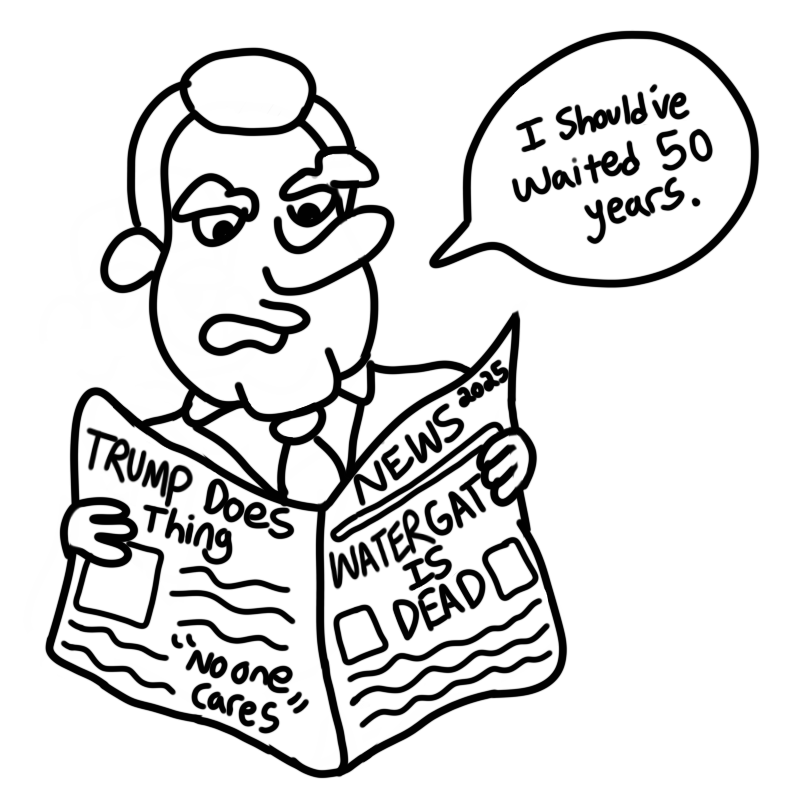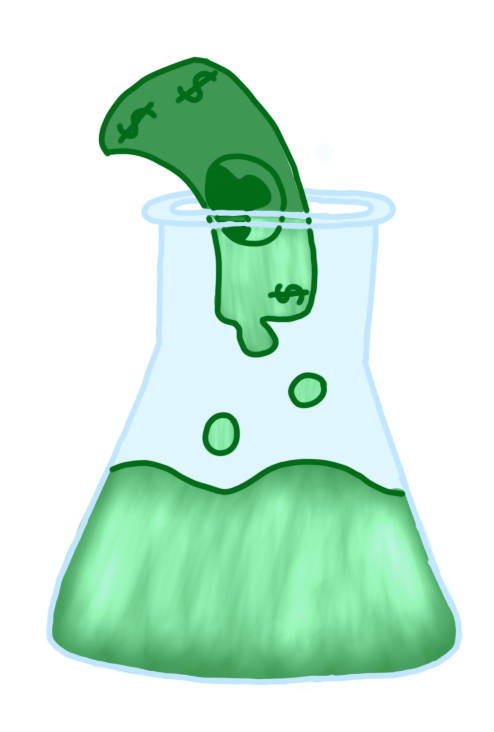Whether it’s from school, the internet, or some 2019 VSCO girl, nearly all of us have heard of climate change at some point in our lives. Yet awareness of this phenomenon differs from person to person: some of us know it as pollution or the earth warming, some are able to talk about it for hours on end, while others don’t even believe in its existence. At the High School for Math, Science, and Engineering, one might expect environmental science to be a topic of higher priority, hence the “science” in our school’s name. However, our environmental education program is arguably one of the weakest in our school. From all the subjects and electives offered at HSMSE this school year, AP Environmental Science is the only class dedicated to teaching about environmental-related issues, and it isn’t mandatory, so some students receive virtually no solid climate education during their high school career. Although climate change is such a pressing issue in today’s society, HSMSE, among many other NYC public high schools, fails to adequately recognize the importance of environmental education. The way curriculums are structured seems to imply that memorizing the quadratic formula is more important than learning about our dying planet. And while we students can’t easily mandate an environmental science class for all students, our efforts can go toward encouraging teachers to incorporate climate-related issues into their existing curriculum. Climate change is an interdisciplinary issue, meaning it could and should be explored through lenses ranging from the heavily STEM-focused statistical and economic sectors to more humanities-focused political and ethics sectors. I talked with MSE teachers and students in order to better understand how environmental issues are being taught in various courses. So, how thorough is the climate education we receive?
Numerous students reported that they receive the least amount of climate education in their math classes. Take Alison Guo, a junior in the math track who’s currently taking Calculus and AP Computer Science. She reports, “I believe there isn’t any climate change education and awareness in our math classes. I think it’s because climate change is usually taught in our science and humanities classes, such as history. I mean, how would you incorporate environmental topics in CompSci anyways?” Moses Glassman, another junior in the math track, has a similar take: “Don’t know why [a lack of climate education in our math classes] would be a bad thing — it’s not like we can graph the acidification of the ocean with a simple parabola.” To an extent, I agree. I believe teachers teaching pure mathematical classes like Algebra and Calculus are exempt from teaching about climate change in their classes, but those teaching classes like AP Statistics and AP Computer Science have a lot more opportunities to incorporate environmental issues in their lesson plans. Mr. Coulombe, the teacher of both aforementioned classes, says: “For Stats in particular, we have analyzed hurricane data, temperature data, car emissions data, water pollution data, and more. We also examine experimental design and cause and effect relationships, both critical parts of the climate change discussion.” Bravo! This is great! But he admits he doesn’t include any environmental topics into his AP Computer Science curriculum because he “redesigned so many lessons over the last few years due to remote learning and reduced class time that it hasn’t been a priority.” Although it’s understandable that time constraints can make the teaching about climate change less prioritized, it could be helpful to students even if a homework assignment features environmental concepts. For example, write a method in which it would return true if an item is recyclable based on x, y, and z criteria. Or, write a program that sorts an array of air quality indexes of a region from best to worst.
How about our other STEM classes? Our school’s intensive engineering program offers classes that have great potential for environmental and sustainability topics to be integrated in the curriculum. However, Eleane Lin, a junior in the engineering track, believes that “engineering in general focuses on solving problems so I expected a larger emphasis on the environment in the engineering track classes.” She hopes that “in senior year, when we have some more advanced classes, we are taught more about how our work can impact the environment along with the existing curriculum.” While 11th grade engineering classes may lack content concerning climate change, several students testify that they were adequately taught about climate change and sustainability in their required 10th grade Architecture class. Moses says, “There was this whole unit on how architecture has somewhat changed to accommodate climate change. We had this unit on container houses, and the reason why people make container houses is because yes, they can be cheap, but mainly because: recycling! It’s like a large-scale version of recycling. It’s not just recycling plastic bags… it’s a whole house. And it’s made out of things that are no longer being used.” Nadia Shari adds on, “I remember [Mr. Pedroso] would talk about the placement of the windows to get the most sunlight so you wouldn’t use heating as much, which can conserve energy. I think that was so cool of him, like for real.” I agree, Nadia! The demand for sustainable alternatives in the architecture industry has been rapidly increasing, so it’s great that Mr. Pedroso is giving a head start to those who wish to pursue this career path.
Unsurprisingly, most HSMSE students reported that their climate education came primarily from their biology and chemistry classes. Moses says, “In Chemistry, when we talked about nuclear power, there was some discussion about the environment and in particular, nuclear power’s impact on it.” Love to hear that, especially since using nuclear power is a heavily debated topic in today’s society. Several juniors in the Sinai Track expressed how environmental issues are a frequent topic of discussion in their classes with Dr. Aleyasin. Najma says, “in Sinai, we get to pick a world problem to focus on, and I know some people did their study on climate change and how it affects different groups of people unequally. There should be more opportunities in classes where we offer students the ability to explore different topics such as the environment.” I agree! The majority of MSE students who are not in the Sinai program do not receive the same opportunities to learn about the environment in their math and engineering classes.
Although we all go to the High School for Math, Science, and Engineering, let’s move on from STEM, starting off with one of our German teachers, Ms. Malikova. Daniella Ajimatanrareje praises her, saying, “I love how she is teaching us about issues that are going on in the world, such as climate change. We had this whole unit on the environment and global problems.” Wunderbar! Ms. Malikova spent several weeks teaching her students about how to voice their concerns regarding climate change, in German of course. Using creative strategies, she includes environmental concerns in her curriculum while achieving her primary goal of preparing everyone for the German regents. Recently, she assigned her juniors a project in which they need to express their concern for climate change and how to combat it. In the process of completing this project, everyone had to research climate change and, as a result, learn more about this topic. Let’s give a big round of applause to Ms. Malikova!
How about our English classes? Ms. Walker, an English teacher for upperclassmen, while admitting that she doesn’t purposefully incorporate environmental issues into her class curriculum, explained that, “I try to make plugs for eco-awareness when they occur to me, but I don’t do it often. There is little time, and it’s not often possible to relate such messages to course material.” She feels this way especially in her AP Literature class, where she noted, “as usual this year, I’m going to be rushing the last full work that we read.” Although she is confident in making lesson plans about social justice topics, such as environmental justice, time constraints refrain her from discussing the environment more in her classes. However, for College Writing, Ms. Walker offers her seniors the opportunity to explore a topic of choice for their final project, and some choose to do their research in the environmental field. Senior Ori Margalit is doing his project on nuclear energy and why it might be beneficial to our future. Although it’s an indirect way of teaching about environmental concerns, Ori’s presentation on his topic can still be helpful to many of his classmates.
Saving the best for last, let’s take a look at our school’s AP Environmental Science (APES) program. APES is a class designed to teach students about environmental topics like climate change, biodiversity, pollution, and earth systems. This class is ideal for students to learn about broad, global eco-concerns, but topics that are more relevant in our region are sometimes neglected in order to cover the required curriculum provided by CollegeBoard. Mr. Tirado, our new APES teacher, expresses how due to time constraints, he is sometimes unable to cover environmental issues that are specifically prevalent in New York City. This goes to show the importance of other teachers’ efforts to weave in relevant environmental issues in their lesson plans when possible. For example, NYC’s infamous history with redlining and the environmental implications for minority groups could be taught in our history classes; the complexities of NYC’s green spaces being monetized can be taught in economics; the impact of invasive species on NYC’s native plants can be explored in Biology. The possibilities are endless! Despite this limitation of APES, Mr. Tirado and I strongly recommend everyone take it! This course is advantageous to students in many ways. Mr. Tirado says, “naturally, APES has more of a humanitarian approach. In this class, you can relate topics to real world problems and that’s the real goal of learning. It also encourages empathy, which is very important.” For those of you who don’t enjoy learning about science: while yes, the purpose of this class is for students to critically analyze the science behind environmental processes, it’s also very interdisciplinary! Ranging from politics to economics to medicine to physics, there are so so so many areas of interest highlighted in APES, and you are bound to enjoy, or resonate with, at least one discipline taught. Not to mention that you’ll be taught by Mr. Tirado, one of the students’ favorite teachers despite this year being his first at HSMSE (c’mon, that should tell you something).
Several MSE teachers make great efforts to incorporate some environmental topics in their lesson plans. Woot woot! However, to make a greater impact against eco-issues in our neighborhoods, it’s crucial for us MSE students to be taught about them more comprehensively and frequently. We are the generation that bears the consequences of our current climate crisis, so it’s much needed for us to be knowledgeable about this issue so we can combat it before it’s too late. It’s time we push our teachers to create more climate-orientated lessons.






